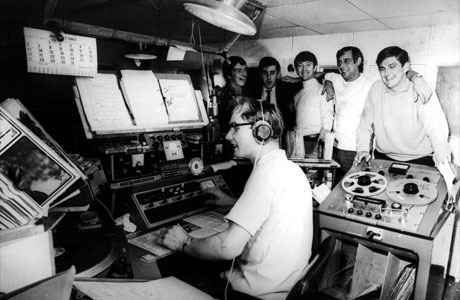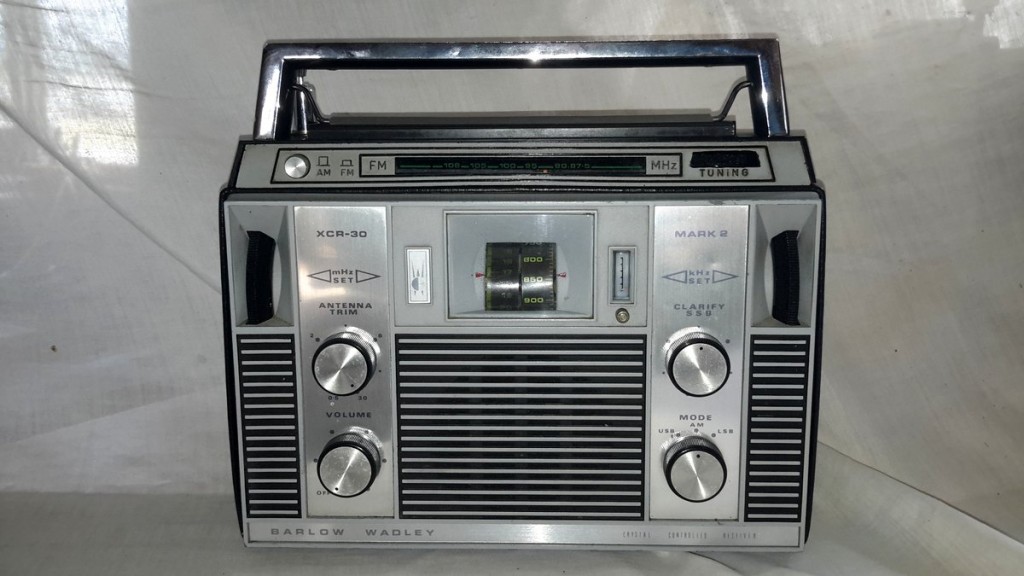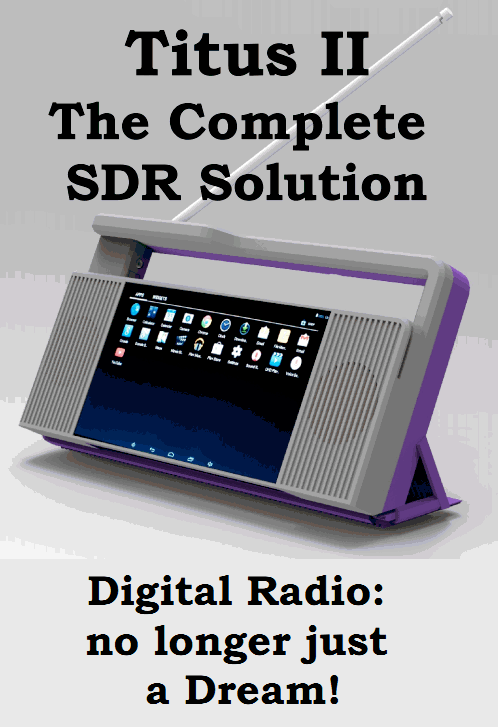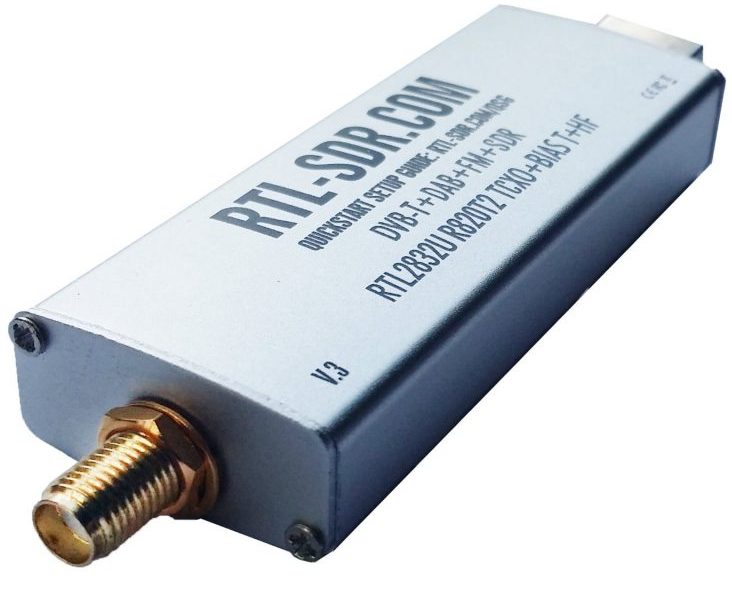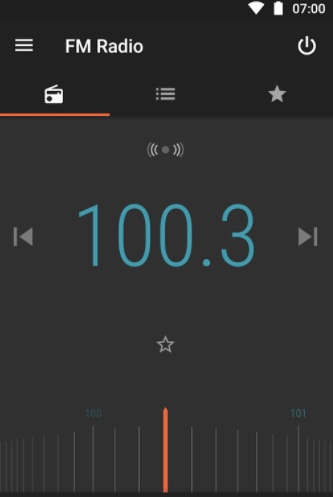 Many thanks to SWLing Post contributor, Aaron Kuhn, who shares the following:
Many thanks to SWLing Post contributor, Aaron Kuhn, who shares the following:
FCC Chairman Ajit Pai’s remarks at the North American Broadcasters Association’s Future of Radio and Audio Symposium from today have been posted at
http://transition.fcc.gov/Daily_Releases/Daily_Business/2017/db0216/DOC-343529A1.pdf
I found the most interesting info in the statement is only 44% of the top selling smartphones in the US have an FM Chip activated have them activated. This figure pales in comparison to Mexico, where 80% of the top selling smartphones have the FM Radio chip activated.
Chair Pai goes on to state:
“You could make a case for activating chips on public safety grounds alone. The former head of our Federal Emergency Management Administration has spoken out in support of this proposal.
[…]I’ll keep speaking out about the benefits of activating FM chips. Having said that, as a believer in free markets and the rule of law, I cannot support a government mandate requiring activation of these chips. I don’t believe the FCC has the power to issue a mandate like that, and more generally I believe it’s best to sort this issue out in the marketplace. For despite the low numbers, we are seeing progress; in the last two years, the percentage of top-selling smartphones in the United States that have activated FM chips has risen from less than 25% to 44%. “
Which leads me to this question for the SWLing Post community: would the benefits, emergency and otherwise, of mandated, activated FM Receiver Chips in new Smartphones sold outweigh the free market arguments?
Feel free to share your comments!
Please note: our SWLing Post comment moderators keep this site a safe haven from partisan politics–after all, we’re here to talk and play radio! Sometimes, however, local/international politics and radio intersect, but please leave partisan discussions or any animosity for specific politicians for a political site. 🙂

